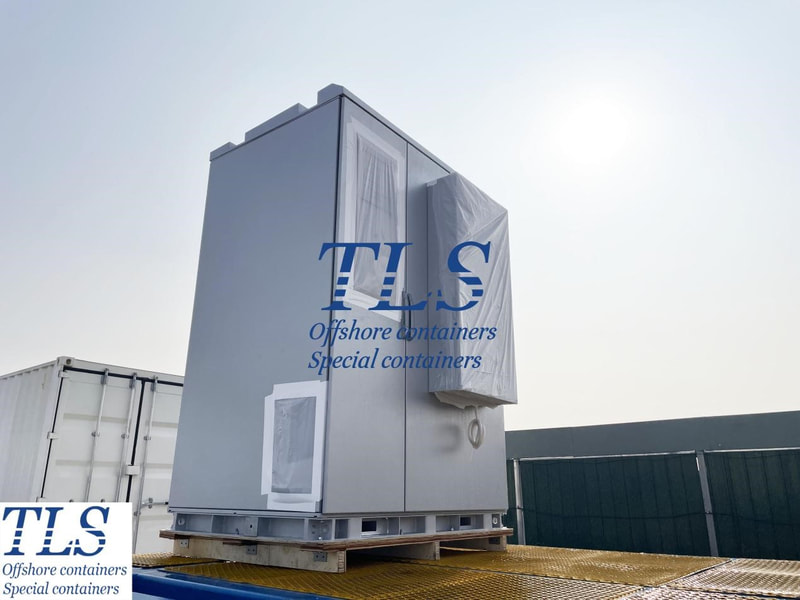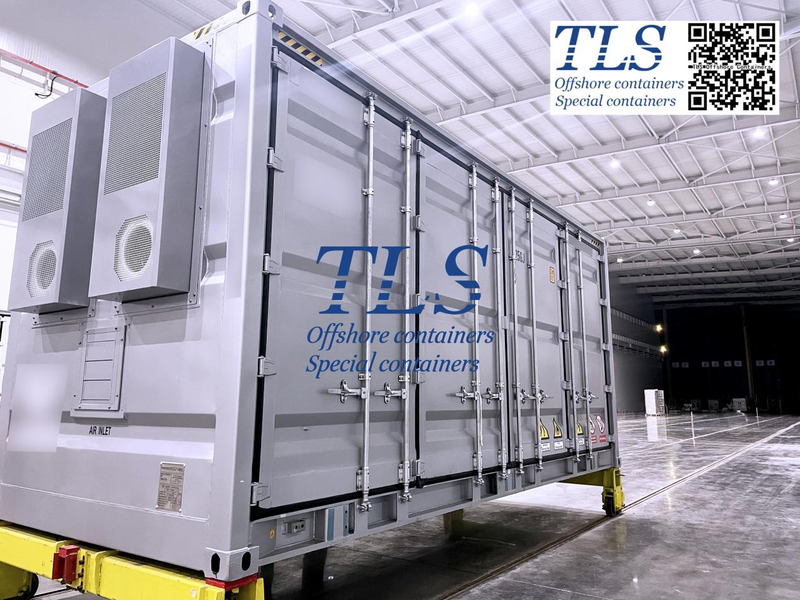|
Introduction: Battery Energy Storage Systems (BESS) have emerged as vital components in modern energy infrastructure, facilitating renewable energy integration, grid stabilization, and ensuring reliable power supply. Within the BESS container, every component plays a crucial role, and one such component often overlooked is the Bus-bar. In this blog, we delve into the significance of Bus-bars in BESS containers and how they contribute to optimizing energy storage efficiency. Understanding Bus-bars: Bus-bars are metallic strips or bars used to conduct and distribute electrical currents within electrical equipment, such as BESS containers. In the context of BESS, Bus-bars serve as the backbone of the electrical system, connecting various components like batteries, inverters, and transformers. Their primary function is to efficiently transmit high currents with minimal power loss, ensuring the smooth operation of the energy storage system. Importance of Bus-bars in BESS Containers:
Optimizing Bus-bar Design for Enhanced Performance:
Conclusion: In the realm of Battery Energy Storage Systems, Bus-bars play a critical role in ensuring efficient energy transmission, heat dissipation, and system reliability within the container. Understanding the importance of Bus-bars and implementing optimized design practices can significantly enhance the performance, longevity, and cost-effectiveness of BESS installations. As the demand for energy storage continues to grow, investing in high-quality Bus-bar solutions becomes imperative for maximizing the efficiency and sustainability of modern energy infrastructure. By prioritizing Bus-bar optimization in BESS container design and deployment, stakeholders can unlock the full potential of energy storage technologies, paving the way for a cleaner, more resilient energy future. TLS Offshore Containers / TLS Special Containers is a global supplier of standard and customised containerised solutions. Wherever you are in the world TLS can help you, please contact us. Regarding the Battery Energy Storage System (BESS) container, please download Energy Storage System (ESS) Containers brochure for reference. Key words: #Bus-bar design for BESS #Electrical components #Bus-bar optimization techniques #BESS container electrical efficiency #Bus-bar materials #Current distribution in BESS systems #Voltage drop reduction in BESS containers #Bus-bar scalability and flexibility #Thermal management #Bus-bar insulation and protection #Optimizing bus-bars for BESS performance Written by OliverComments are closed.
|
Archives
July 2024
Categories
All
|
- Home
-
Containerised solutions
- Intelligent pressurised container | MUD logging cabin
- Battery energy storage system (BESS) container
- Flexible grid tied battery storage system
- Laboratory container | workshop container | Equipment containers
- Temporary refuge shelter | Toxic gas refuge | Safe haven
- Offshore accommodation cabin | office container
- Reefer container | Refrigerated container
- Intelligent waste water treatment container
- Fresh water generator container
- Cargo Containers
- Product photos & videos
- News & Blogs
- Contact us
|
Featured products
Intelligent pressurised container Temporary refuge (TR) shelter, toxic gas refuge (TGR) Battery energy storage system (BESS) container Containerised waste water treatment plant Fresh water generator container Reefer container Laboratory container, Workshop container Accommodation container Offshore closed container |
All Rights Reserved 2020 © TLS Offshore Containers / TLS Energy
|


